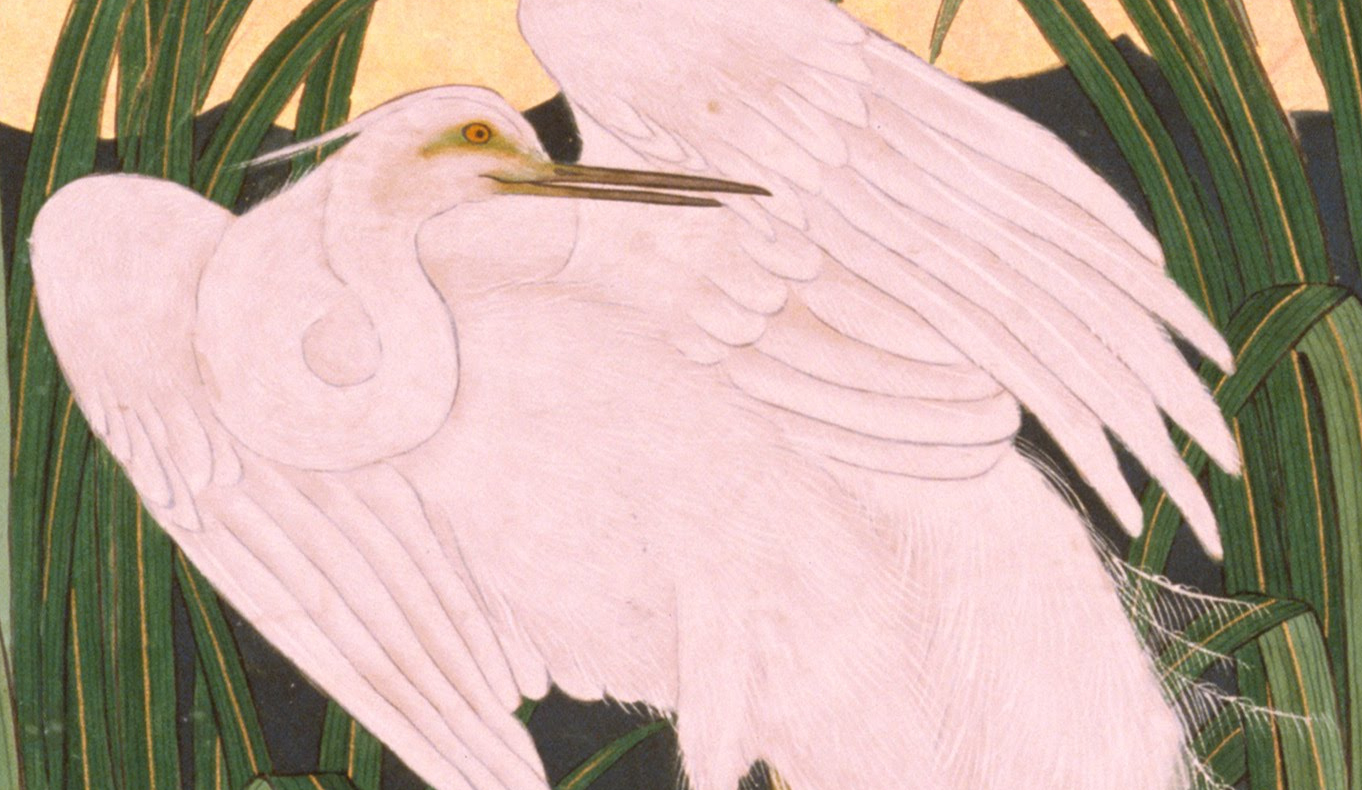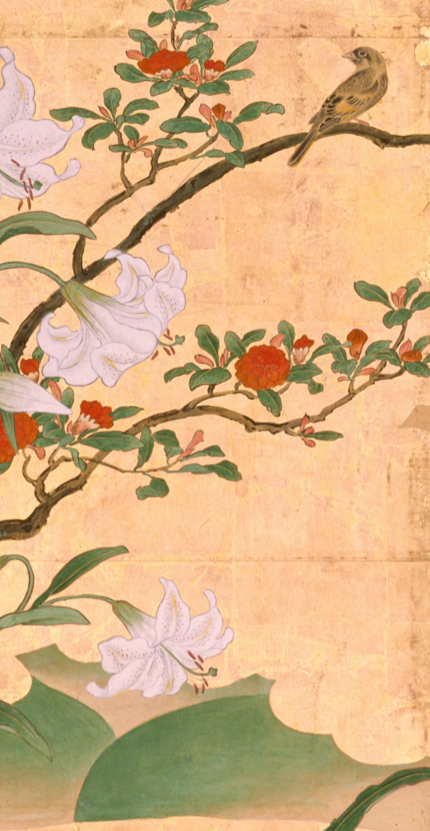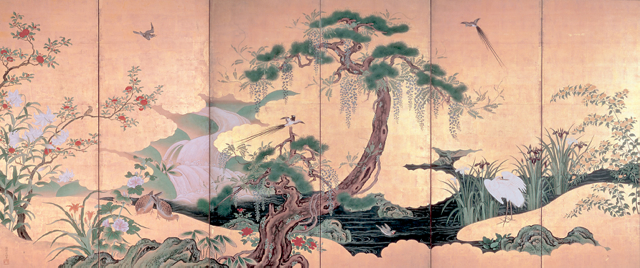
LIFE AS MYTH
![]()
JOURNAL
![]()
JOURNAL 2009
![]()
A feminine myth
Creating a new myth
![]()
SPRING 2009
Mythology of other
![]()
LIFEWORKS
![]()
ATLAS
![]()

SPRING 2009
THE GIFT OF NOW
Birds and flowers of spring and summer (with details), Kano Eino. Edo Period (late 17th century). Suntory Museum.
Within the Japanese tea ceremony, all parameters are highly prescribed -- dress, gesture, response, affect, presentation, space. And it is these well-defined boundaries which allow the transformative potential of the ceremony to emerge. For when ritual specifies boundaries and form, consciousness is free to focus on the moment.
Sen no Rikyu was a Zen Buddhist who had a profound influence on the Japanese tea ceremony. Assuming the position of tea master at the age of 58, he brought the concept of ichi-go ichi-e to the ceremony. Meaning literally "one time, one place," ichi-go ichi-e embodies Rikyu's ideal that each meeting between people is sacred for it can never be reproduced.
And it is this mind set of ichi-go ichi-e which strikes me most. Though I tend to think primarily in future terms, I am beginning to appreciate that Life is finite. As a result, I am trying to be more grateful, trying to live more fully in the present moment. That seems to be the core principle underlying the Japanese tea ceremony, where each gesture and each word and each object of the experience serve only to frame the sacredness of the Other and the extraordinary gift of Now.



